A surprising threat to Einstein’s theory
Physicists at the CERN laboratory in Geneva have clocked subatomic particles moving faster than the speed of light.
Could a fundamental principle of physics be wrong? That tantalizing question has been roiling the scientific community since physicists at the CERN laboratory in Geneva said last week they had clocked subatomic particles called neutrinos moving faster than the speed of light. Albert Einstein’s special theory of relativity, which established the foundation of modern physics in 1905, holds that nothing in the cosmos can outrun light, which travels at 186,282 miles per second. If neutrinos can move faster than that, they could, in theory, arrive at a destination before they had even left, opening the prospect of time travel. That idea is so shocking that most physicists can’t believe the results are correct. “If it’s true, then it’s truly extraordinary,” John Ellis, a theoretical physicist at CERN, tells Nature.com.
Even the CERN team is skeptical. “We wanted to find a mistake” in the study that would leave Einstein’s theory intact, but “we didn’t,” says lead researcher Antonio Ereditato. He and his colleagues did not set out to test relativity; they only wanted to learn more about neutrinos—ghostly particles that can travel straight through most types of matter. But when they shot the neutrinos from Geneva through the Earth to a lab beneath Italy’s Gran Sasso mountain, about 454 miles away, the particles consistently arrived about 60 nanoseconds faster than a beam of light could have. CERN’s tests were exhaustive: Over three years, the researchers tallied the speed of some 16,000 neutrinos, then spent six months searching their calculations and measurements for errors.
That precision has many scientists wondering if “there’s the chance” the finding actually is “a doorway into something fundamental and deep we don’t know about nature,” says Matthew Strassler, a theoretical physicist at Rutgers University. Perhaps no cosmic speed limit exists, or maybe neutrinos travel through an undiscovered fifth dimension—separate from the three dimensions of space and the one of time that we know about. Physicists at Fermilab, the Department of Energy facility in Illinois, will spend the next six months trying to overturn CERN’s results. But what if they can’t? “All the great revolutions in science,” Strassler says, “start with an unexpected discrepancy that wouldn’t go away.”
The Week
Escape your echo chamber. Get the facts behind the news, plus analysis from multiple perspectives.

Sign up for The Week's Free Newsletters
From our morning news briefing to a weekly Good News Newsletter, get the best of The Week delivered directly to your inbox.
From our morning news briefing to a weekly Good News Newsletter, get the best of The Week delivered directly to your inbox.
A free daily email with the biggest news stories of the day – and the best features from TheWeek.com
-
 Political cartoons for December 14
Political cartoons for December 14Cartoons Sunday's political cartoons include a new White House flag, Venezuela negotiations, and more
-
 Heavenly spectacle in the wilds of Canada
Heavenly spectacle in the wilds of CanadaThe Week Recommends ‘Mind-bending’ outpost for spotting animals – and the northern lights
-
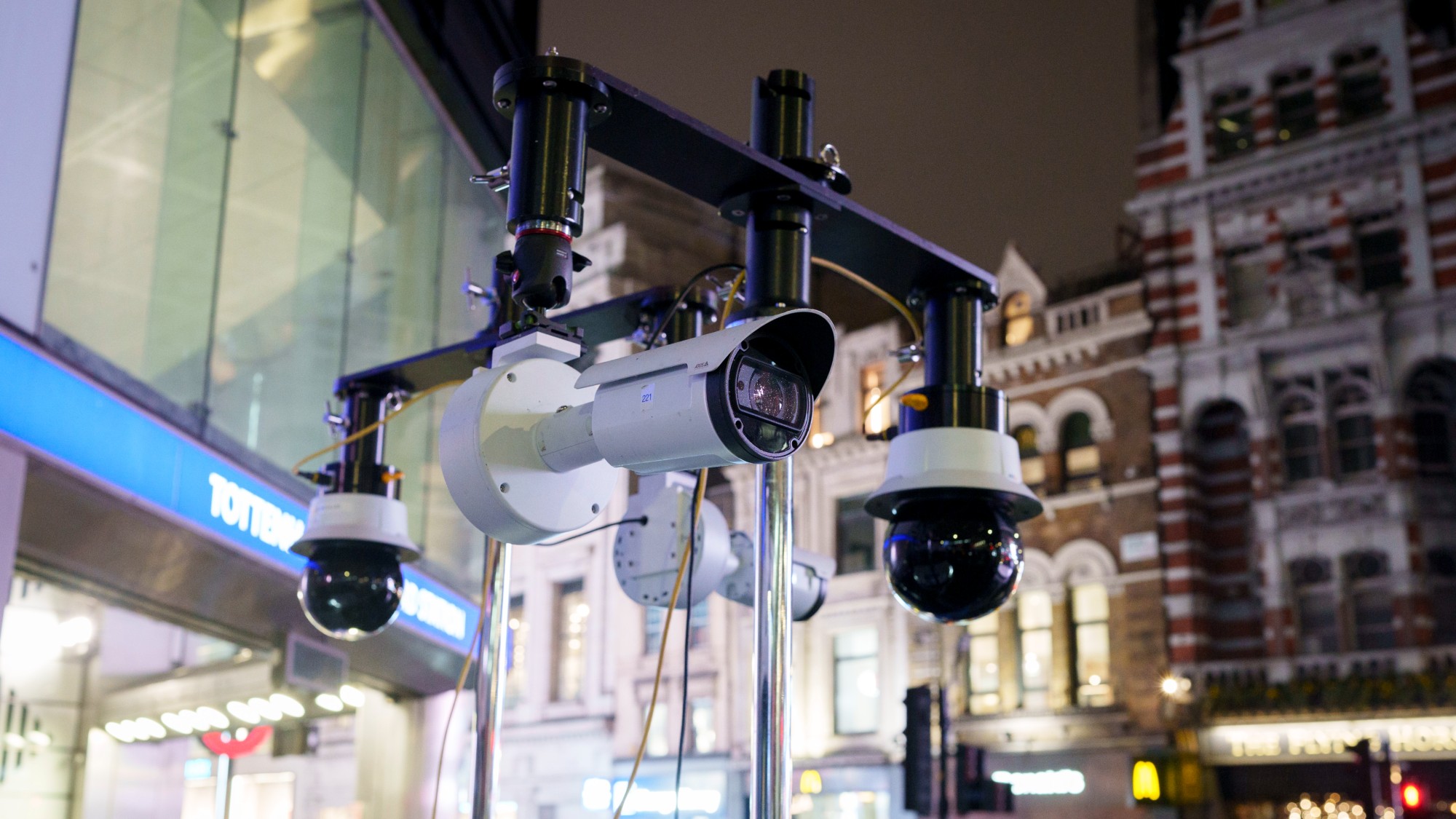 Facial recognition: a revolution in policing
Facial recognition: a revolution in policingTalking Point All 43 police forces in England and Wales are set to be granted access, with those against calling for increasing safeguards on the technology
-
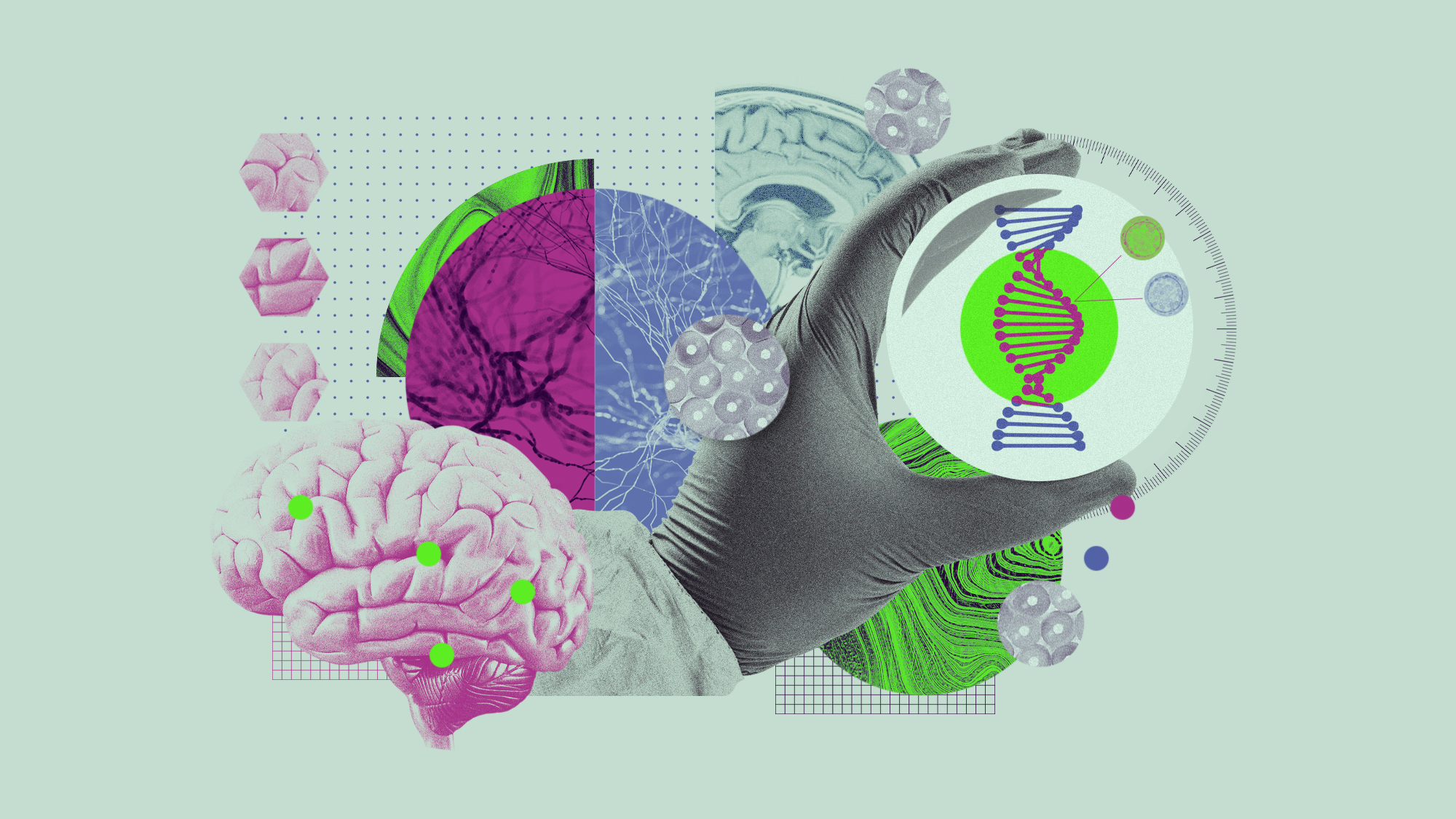 5 recent breakthroughs in biology
5 recent breakthroughs in biologyIn depth From ancient bacteria, to modern cures, to future research
-
 Bacteria can turn plastic waste into a painkiller
Bacteria can turn plastic waste into a painkillerUnder the radar The process could be a solution to plastic pollution
-
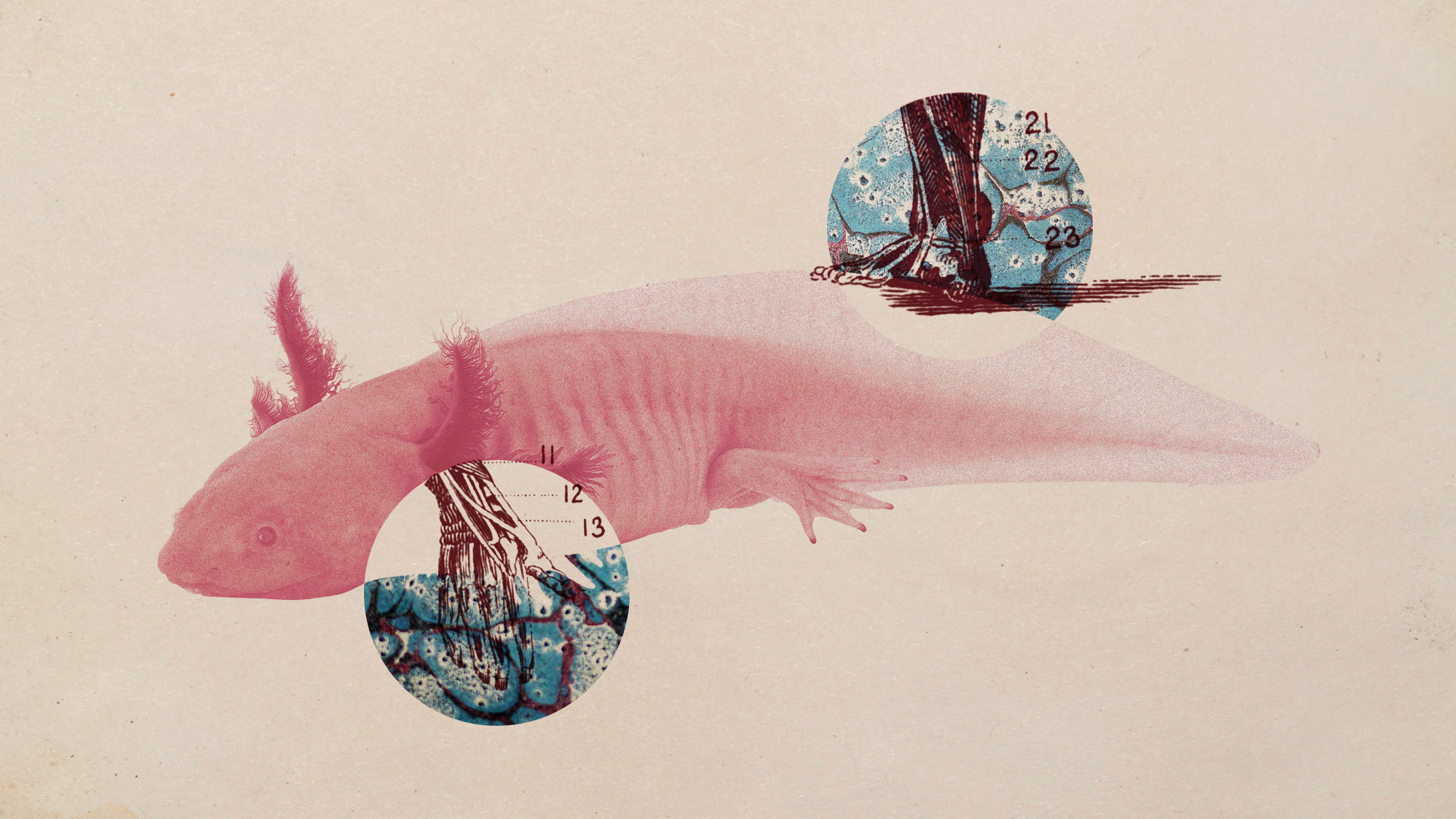 Scientists want to regrow human limbs. Salamanders could lead the way.
Scientists want to regrow human limbs. Salamanders could lead the way.Under the radar Humans may already have the genetic mechanism necessary
-
 Is the world losing scientific innovation?
Is the world losing scientific innovation?Today's big question New research seems to be less exciting
-
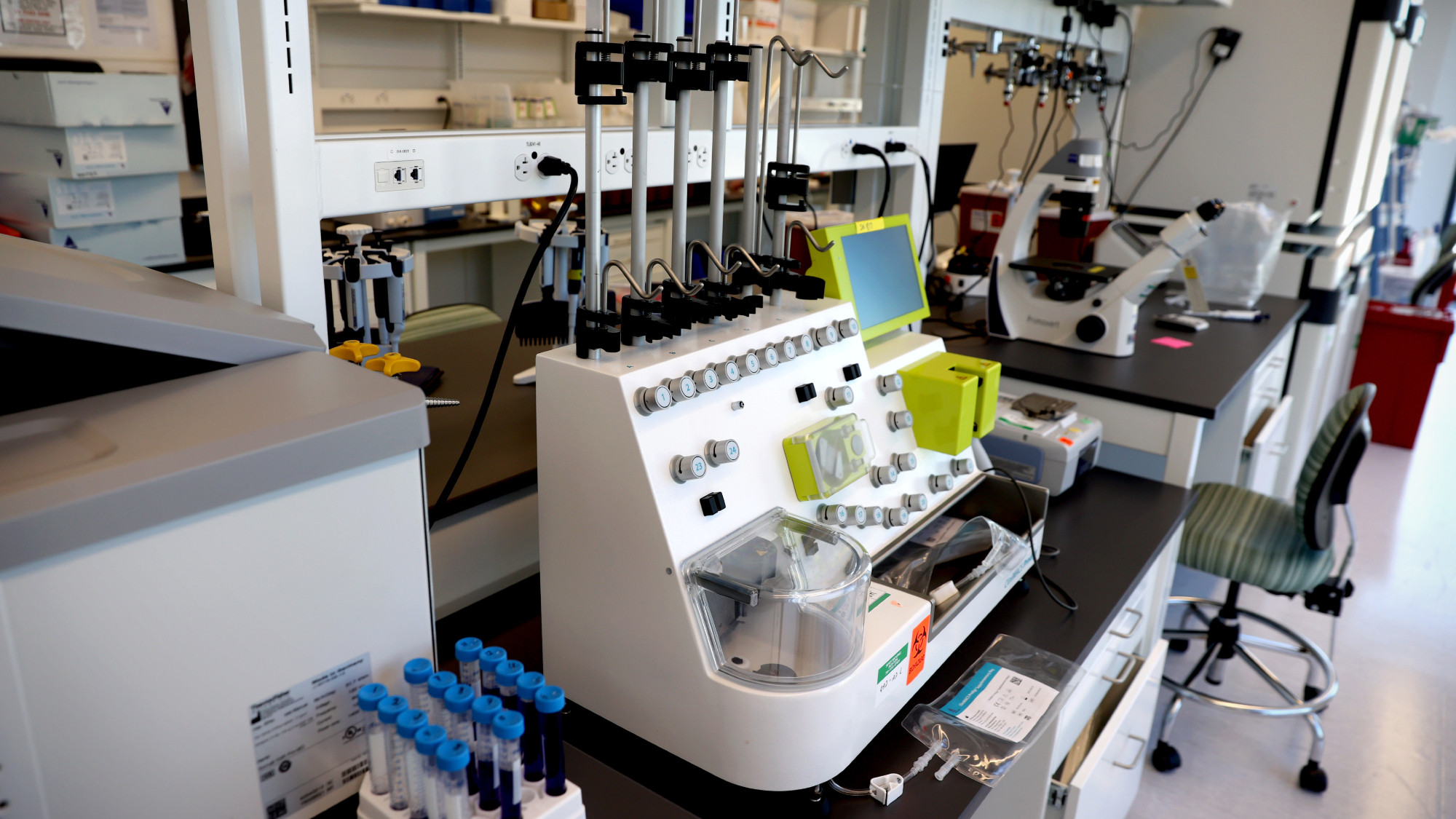 Breakthrough gene-editing treatment saves baby
Breakthrough gene-editing treatment saves babyspeed read KJ Muldoon was healed from a rare genetic condition
-
 Humans heal much slower than other mammals
Humans heal much slower than other mammalsSpeed Read Slower healing may have been an evolutionary trade-off when we shed fur for sweat glands
-
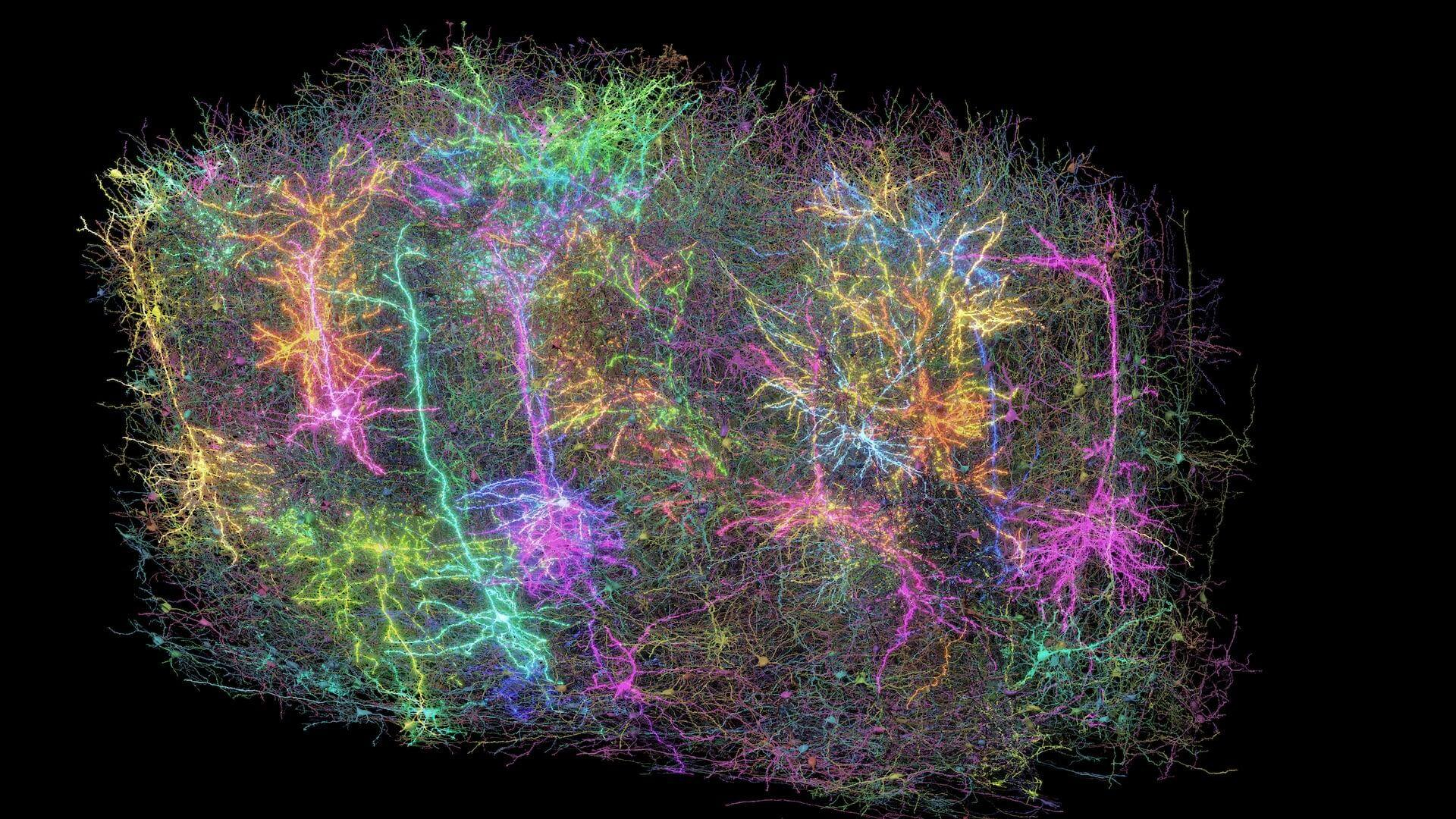 Scientists map miles of wiring in mouse brain
Scientists map miles of wiring in mouse brainSpeed Read Researchers have created the 'largest and most detailed wiring diagram of a mammalian brain to date,' said Nature
-
 Scientists genetically revive extinct 'dire wolves'
Scientists genetically revive extinct 'dire wolves'Speed Read A 'de-extinction' company has revived the species made popular by HBO's 'Game of Thrones'